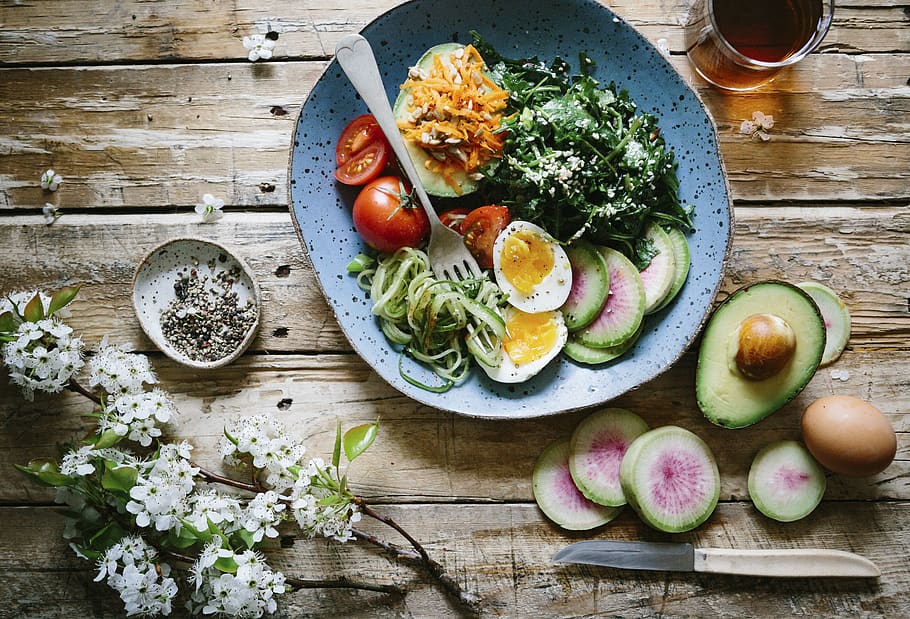Are you considering a gluten-free diet? Whether it’s for celiac disease, gluten intolerance, or a desire for better well-being, switching to gluten-free living can feel overwhelming at first. But don’t worry! With the right information and a few handy tips, starting a gluten-free diet is easier—and tastier—than you might expect.
Give yourself a few deep breaths and let’s make this journey as simple and rewarding as possible.
What Is a Gluten-Free Diet?
A gluten-free diet removes all foods that contain gluten—a protein found in wheat, barley, rye, and their derivatives. For those with celiac disease, even trace amounts of gluten can trigger severe reactions. Others may experience discomfort or health issues due to gluten sensitivity. Adopting a gluten-free lifestyle can ease symptoms, boost your energy, and generally help you feel your best.
Why Choose a Gluten-Free Diet?
People opt for gluten-free diets for several reasons:
- Celiac Disease: An autoimmune disorder where gluten damages the small intestine.
- Non-Celiac Gluten Sensitivity: Triggers symptoms like bloating, headaches, or fatigue.
- Wheat Allergy: Causes allergic responses, including skin or respiratory issues.
- Potential Health Benefits: Some seek better digestion, reduced inflammation, or increased energy, although benefits for those without gluten sensitivity are still being studied.
Gluten-Free Basics: Understand What to Avoid
Before you fill your pantry with gluten-free foods, understand which ingredients you need to avoid:
- Wheat (including spelt, farro, and durum)
- Rye
- Barley
- Triticale (a wheat-rye hybrid)
- Malt (often made from barley)
- Brewer’s yeast
- Semolina
Watch out for common foods that often contain gluten, such as:
- Bread, pasta, cereals not labeled gluten-free
- Crackers, cookies, cakes, pies, and pastries
- Beer and malt beverages
- Some sauces, gravies, and soups (often as thickeners)
- Imitation meats, veggie burgers, and seasoned snack foods
Embrace Naturally Gluten-Free Foods
Focus on delicious, naturally gluten-free ingredients for a balanced diet:
- Vegetables and fruits
- Fresh meats, fish, and poultry (unprocessed)
- Eggs
- Dairy (milk, yogurt, cheese—check for additives)
- Gluten-free grains: rice, corn, quinoa, buckwheat, millet, amaranth, teff
- Legumes and nuts
Eating whole, unprocessed foods not only helps avoid gluten but also supports a more nutritious and satisfying diet.
Smart Shopping: Tips for the Grocery Store
Starting a gluten-free diet means learning to read food labels like a pro. Here’s how:
1. Carefully Read Ingredient Lists
Scan for hidden gluten, such as modified food starch (if from wheat), malt flavoring, or hydrolyzed wheat protein.
2. Look for Certified Gluten-Free Products
Seek packages stamped with “Certified Gluten-Free.” These products are tested to meet FDA gluten-free standards. But always double-check the label, as manufacturing practices can change.
3. Beware of Cross-Contamination
Gluten-free foods may be processed on the same equipment as gluten-containing items. If you’re highly sensitive, stick to items labeled ‘made in a gluten-free facility’ or ‘certified gluten-free.’
4. Avoid the Most Common Traps
- Watch out for salad dressings, soy sauce, and soups—gluten can hide in thickeners or flavorings.
- Oats are naturally gluten-free but are often processed with wheat. Only choose ‘gluten-free’ oats.
Creating a Gluten-Free Kitchen
Making your home a safe gluten-free zone is easier than you think. Try these practical steps:
Separate Cooking Utensils: Use distinct toasters, cutting boards, and spreading knives to prevent cross-contact with gluten.
Clean Thoroughly: Wipe down surfaces, wash hands and cookware, and keep gluten-free foods sealed and separate in your pantry.
Get the Family Involved: Teach your family about safe practices, so everyone helps avoid accidental gluten exposure.
Meal Planning Made Simple
When switching diets, planning ahead reduces stress and temptation, making your gluten-free journey smoother. Here’s how to get started:
Design Weekly Menus: Pick a handful of breakfast, lunch, and dinner ideas based on gluten-free staples.
Batch Cooking: Prepare larger meals to have gluten-free leftovers on hand for busy days.
Snack Wisely: Keep healthy, gluten-free snacks ready—think nuts, fruit, yogurt, or gluten-free granola bars.
Explore New Recipes: Enjoy the adventure! Try global cuisines that feature naturally gluten-free dishes, like Mexican tamales, Indian dals, or Mediterranean grilled meats and salads.
Eating Out: Dining at Restaurants
Dining out gluten-free is enjoyable with a little preparation:
- Research Menus: Many restaurants now list gluten-free options online.
- Communicate Clearly: Tell servers about your dietary requirements and ask about food preparation.
- Ask Questions: How is the food cooked? Are there gluten-free alternatives or protocols against cross-contamination?
- Pack a Snack: Always have a safe snack, just in case.
Managing Social Situations and Travel
Going gluten-free doesn’t mean giving up on fun social events or adventures. A few tips:
- Host or Contribute: Offer to bring a dish you know is gluten-free.
- Educate Friends: Talk openly about your needs; most people want to help.
- Travel Smart: Research destinations in advance—look for gluten-free restaurants and pack non-perishable snacks for trips.
Overcoming Common Obstacles
You might face challenges, but you’re certainly not alone. Here’s how to tackle common hurdles:
- Cravings for Old Favorites: Seek out gluten-free alternatives or learn to make them yourself.
- Eating on a Budget: Stock up on affordable staples like rice, potatoes, and seasonal produce.
- Reading Confusing Labels: Whenever in doubt, consult reputable gluten-free apps or guides.
Tips to Stay Motivated and Healthy
Moving to a gluten-free diet is a big change—celebrate your wins and take care of your overall health.
- Stay hydrated and prioritize varied nutrition.
- Check with your doctor or a dietitian about supplements, especially B vitamins and fiber, since gluten-free diets can lack these nutrients.
- Join online communities or local groups for support and recipe ideas.
Sample Gluten-Free Meal Plan for a Day
Here’s a snapshot of how a delicious gluten-free day could look:
| Meal | Gluten-Free Option |
|---|---|
| Breakfast | Greek yogurt with honey, fruit, and nuts |
| Snack | Rice cakes with avocado |
| Lunch | Grilled chicken salad with quinoa |
| Snack | Sliced vegetables with hummus |
| Dinner | Baked salmon, roasted potatoes & broccoli |
Enjoy these meals or customize to fit your taste and lifestyle.
Conclusion: Your Gluten-Free Journey Starts Today
Adopting a gluten-free diet is a step toward better health, greater energy, and peace of mind for many people. With a bit of planning, eating gluten-free can be both fun and satisfying. Remember, progress is about consistency, not perfection.
If you’re ready for more gluten-free tips, recipes, and inspiration, stay tuned and subscribe to our updates!
Call-to-Action:
Are you starting your gluten-free journey? Share your experiences or questions in the comments, and don’t forget to subscribe for more gluten-free living inspiration!






